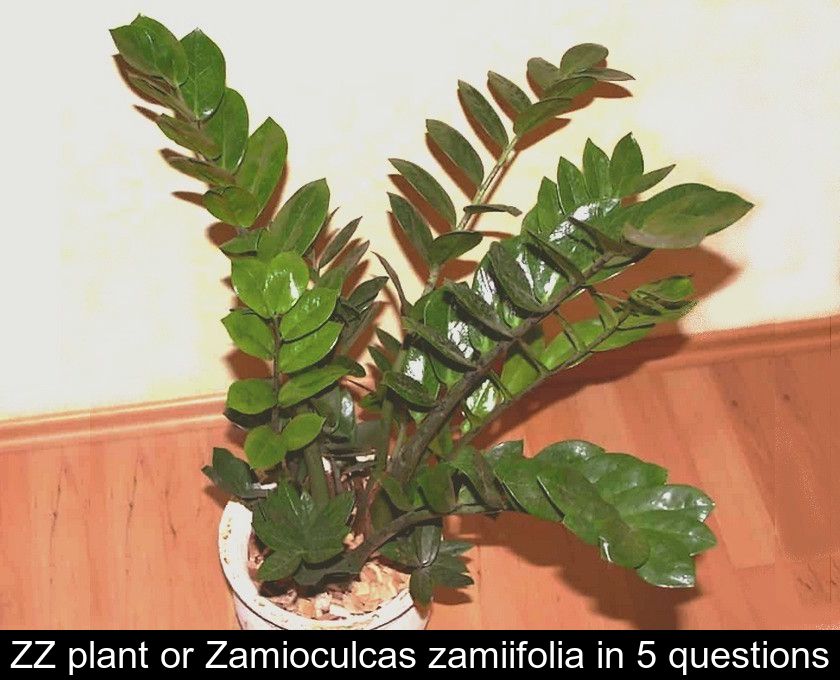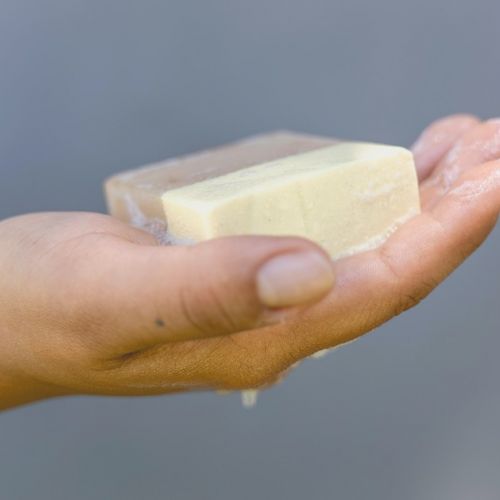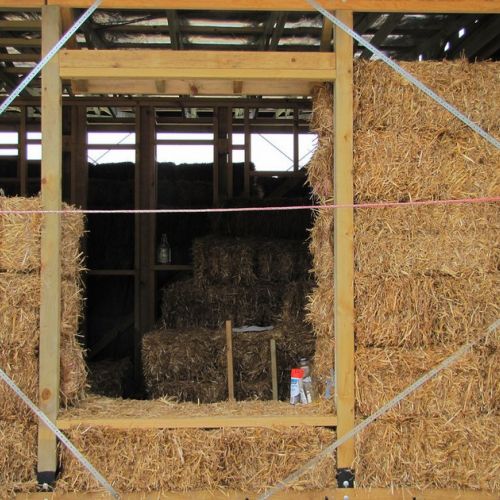Zz Plant Or Zamioculcas Zamiifolia In 5 Questions
If you have a reputation as a plant killer because you regularly forget to water your green plants, the Zamioculcas zamiifolia is ideal for you! This beautiful plant from the Araceae family, also known as the ZZ plant, withstands drought well thanks to its rhizomes and stems that store water. It has a very aesthetically pleasing shiny green foliage.
How to choose the right ZZ plant?
At the time of purchase, it is advisable to opt for a ZZ plant with many shoots and a well-developed root system, as these are two signs of good health.
Also prefer a Zamioculcas zamiifolia with some stems that have dark leaves. This means that it is already an adult plant, as the new leaves are light green in color.
Where to install the ZZ plant?
The ZZ plant is an easy-going species because it can adapt to any exposure. You can install it either in a sunny room or in a room with low light.
However, avoid extreme situations such as placing it in direct sunlight or in complete darkness.
If you place it in a room with low light, this plant will simply grow at a slower pace, whereas in its natural habitat, the Zamioculcas zamiifolia exhibits rather rapid growth.
In terms of temperature, this plant thrives well in our apartments as it requires a temperature above 15°C.
Attention if you own a dog or a cat: this plant is toxic to pets!
How to care for the ZZ plant?
The ZZ plant is very easy to care for. But beware of overwatering as rotting is its worst enemy! If you water it too much, the rhizomes may rot, especially if you let the water stagnate at its base or in its saucer...
This plant, native to Zanzibar and Tanzania, has the particularity of storing water in its rhizomes, stems, and even leaves. Its drought resistance has earned it the nickname "plant of eternity".
As a general rule, it is recommended to water it every 15 days in the summer and once a month in winter. Wait until the soil is completely dry on the surface before watering it moderately.
Cleaning the leaves is another important maintenance gesture for your Zamioculcas zamiifolia to thrive. To keep your green plant in a harmonious shape, rotate its pot a quarter turn every 5 to 6 weeks.
If you notice that the stems are sagging on the sides, your plant may be lacking nutrients. You can then perform topdressing. Don't hesitate to provide it with liquid fertilizer once or twice a month during the growth period, which is in spring and summer.
How to repot the ZZ plant?
The ZZ plant is a species that loves to be cramped. There is therefore no urgency to repot it after purchase.
Most often, repotting is done when the bulbs start to break the plastic pot. Simply use a slightly larger pot than the previous one and a well-draining substrate to prevent rhizome rot.
You can take advantage of repotting to multiply your Zamioculcas zamiifolia. Simply gently separate the rhizomes and repot them in two different small pots. It is also possible to propagate this species by taking a small stem with leaves at the base.
Place the cutting in room temperature water, making sure the leaves are not in contact with the water. Wait for the roots to reach a length of 5 cm before transplanting the cutting into special seed and cutting soil.
How to treat a sick ZZ plant?
If you notice that the tips of the leaves are browning, it means that you have placed your ZZ plant in an environment that is too dry. Move it away from heat sources and mist the foliage from time to time to provide sufficient ambient humidity.
If the leaves are turning yellow and the stems are becoming soft, you have overwatered your plant. Allow the soil to completely dry out before watering again and never let water stagnate in the bottom of the pot!
Lastly, if your plant is not producing new shoots and not growing, it is likely lacking light. Try moving it to provide better brightness, but without direct sunlight.
Note: If your Zamioculcas zamiifolia has black spots on its stems, there is no need to worry. It is completely normal!
It is also normal for new stems and leaves to have a lighter color than the older ones. They should normally become darker and stronger over time. If this is not the case, your plant is likely suffering from a deficiency and you should provide it with fertilizer in spring.













